MASLD/MASH Learning Center
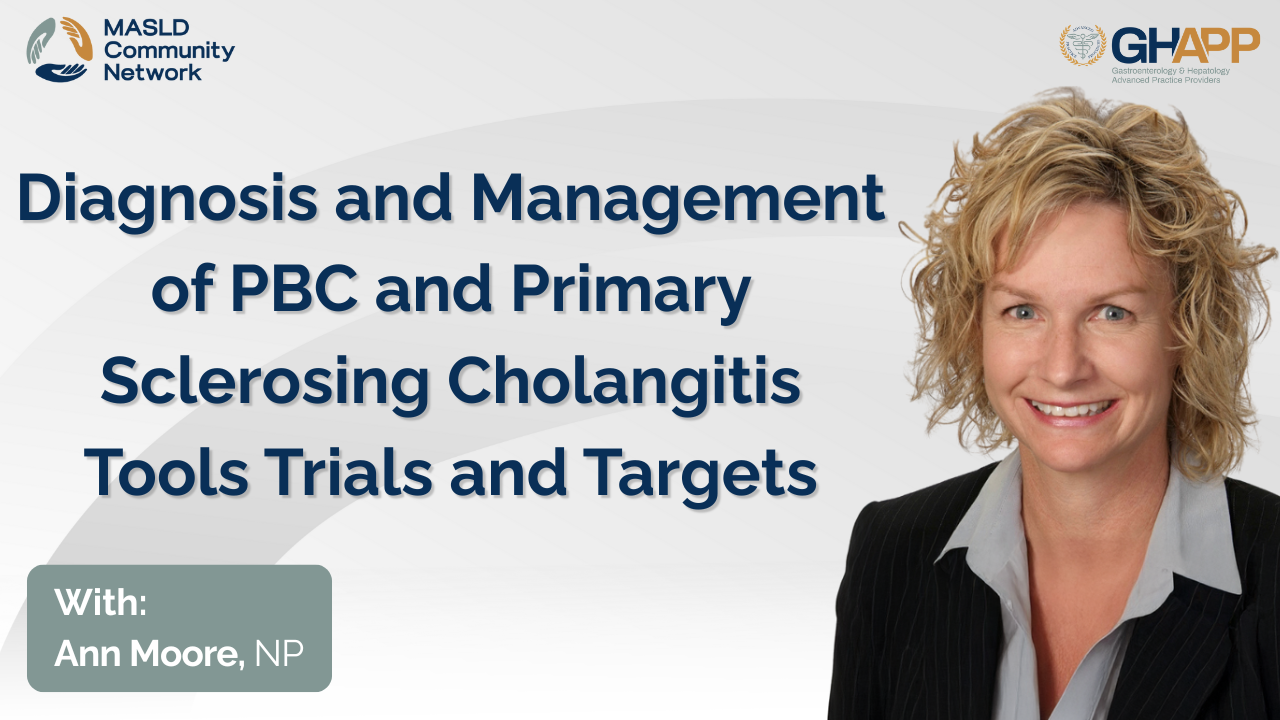
Live From GHAPP National: Diagnosis and Management of PBC and PSC Tools Trials and Targets

Learn how to confidently approach autoimmune cholestatic liver diseases in this high-yield talk from Ann Moore, NP, at Arizona Liver Health. She breaks down practical diagnosis and management of primary biliary cholangitis (PBC) and primary sclerosing cholangitis (PSC)—from simple diagnostic algorithms (ALP, AMA, MRCP) and treatment goals like deep biochemical remission, to first- and second-line options with UDCA and newer agents such as FXR and PPAR agonists. Perfect for hepatology APPs and clinicians looking to optimize outcomes, manage pruritus and bone disease, and stay current on emerging trials and therapeutic targets in PBC and PSC.
Watch Now
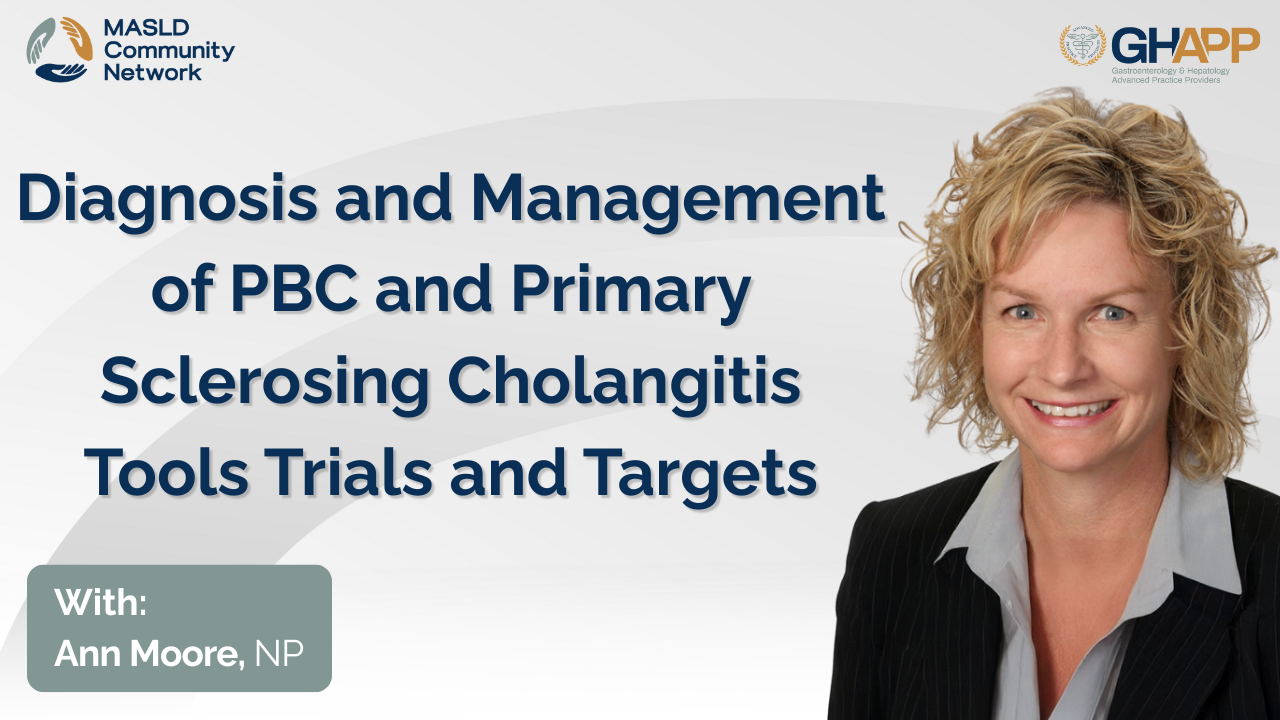
Live From GHAPP National: Diagnosis and Management of PBC and PSC Tools Trials and Targets

Learn how to confidently approach autoimmune cholestatic liver diseases in this high-yield talk from Ann Moore, NP, at Arizona Liver Health. She breaks down practical diagnosis and management of primary biliary cholangitis (PBC) and primary sclerosing cholangitis (PSC)—from simple diagnostic algorithms (ALP, AMA, MRCP) and treatment goals like deep biochemical remission, to first- and second-line options with UDCA and newer agents such as FXR and PPAR agonists. Perfect for hepatology APPs and clinicians looking to optimize outcomes, manage pruritus and bone disease, and stay current on emerging trials and therapeutic targets in PBC and PSC.
Watch Now
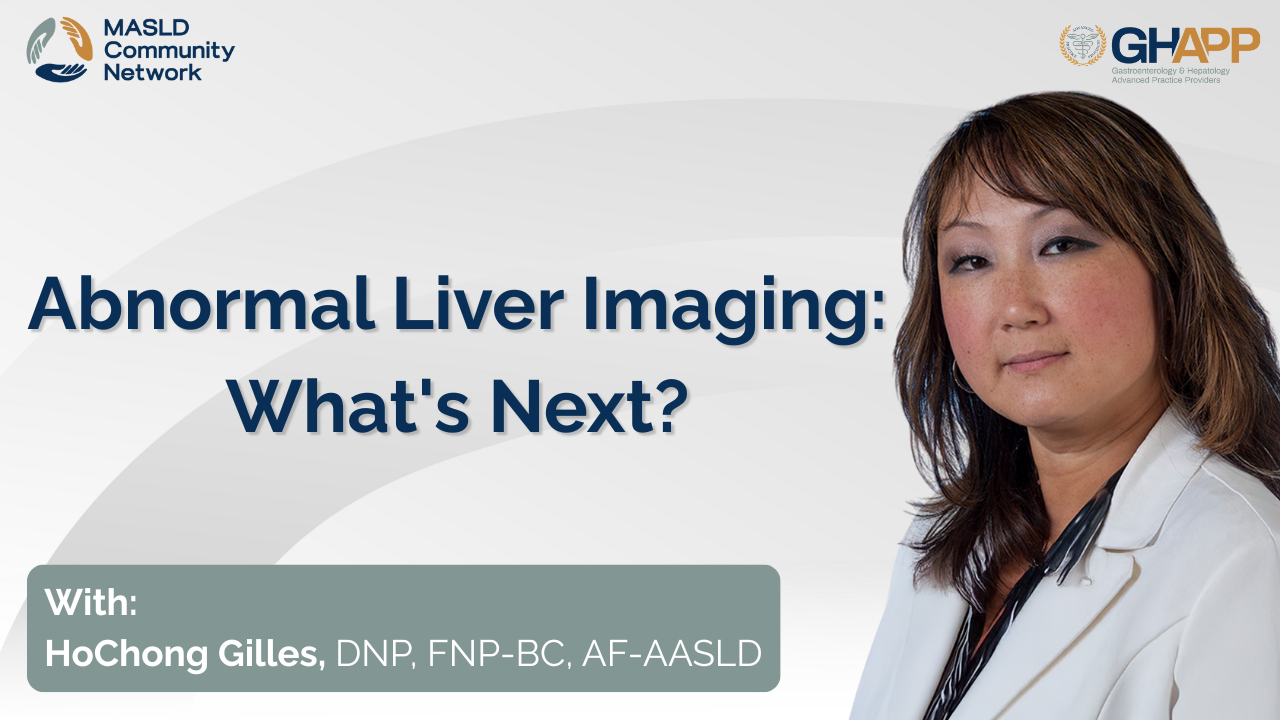
Live From GHAPP National: Abnormal Liver Imaging: What's Next?

In this high-yield session, HoChong Gilles, NP from the Central Virginia VA Healthcare System, guides viewers through a practical approach to abnormal liver imaging and the challenge of incidental liver lesions. She reviews how to differentiate cystic versus solid liver lesions, outline key risk factors, and interpret enhancement patterns on ultrasound, CT, and MRI to distinguish benign findings—such as simple cysts, hemangiomas, FNH, and hepatic adenomas—from malignant lesions including hepatocellular carcinoma (HCC) and metastatic disease. Designed for APPs and clinicians who frequently encounter unexpected lesions on imaging, this concise overview provides clear strategies for knowing when to reassure, when to monitor, and when to escalate evaluation or referral.
Watch Now
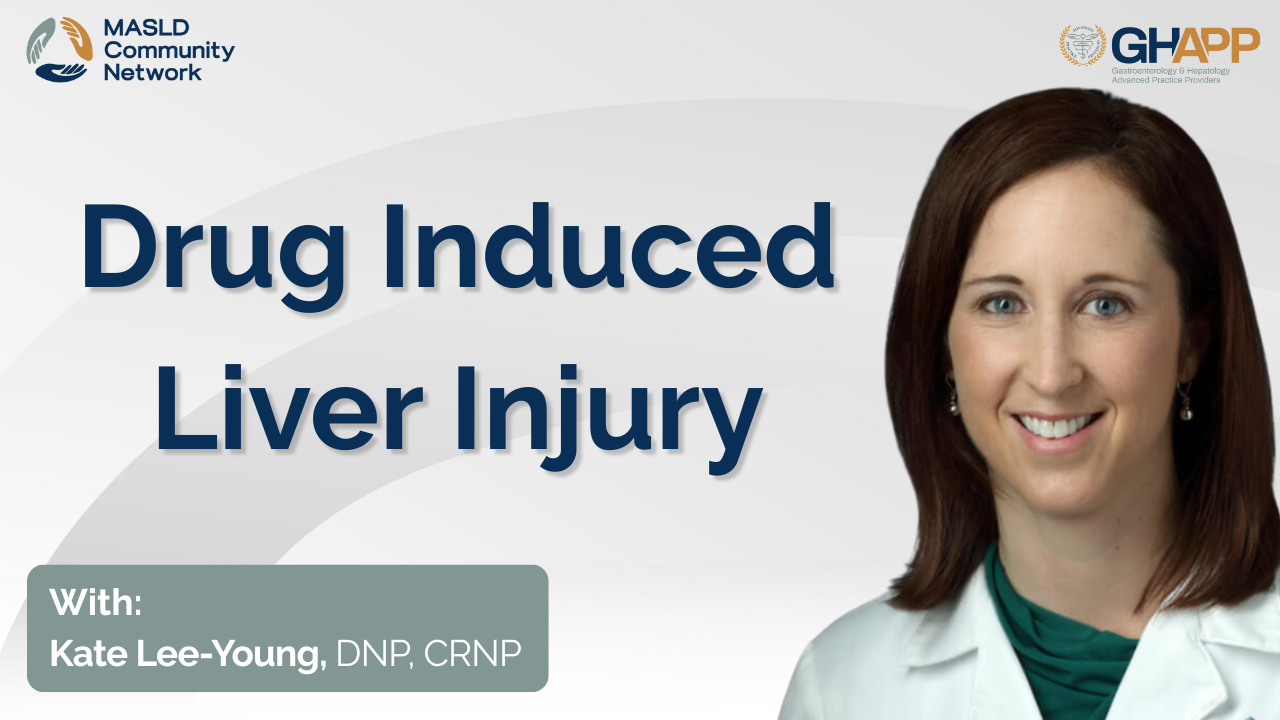
Live From GHAPP National: Drug Induced Liver Injury

In this high-yield session, Kate Lee-Young, DNP from Johns Hopkins, provides a clear and practical overview of drug-induced liver injury (DILI)—the most common cause of acute liver failure in the U.S. She reviews how DILI happens, common offending agents (including acetaminophen, antibiotics, anti-tubercular drugs, and herbal supplements like ashwagandha), key clinical patterns of injury, and how to diagnose DILI using history, labs, imaging, and R-value classification. Viewers will learn when to suspect DILI, how to rule out other liver diseases, when biopsy is useful, and essential steps in management including drug discontinuation, supportive care, NAC use, and prevention strategies. A concise, evidence-based guide for hepatology APPs and clinicians navigating suspected drug-related liver injury.
Watch Now
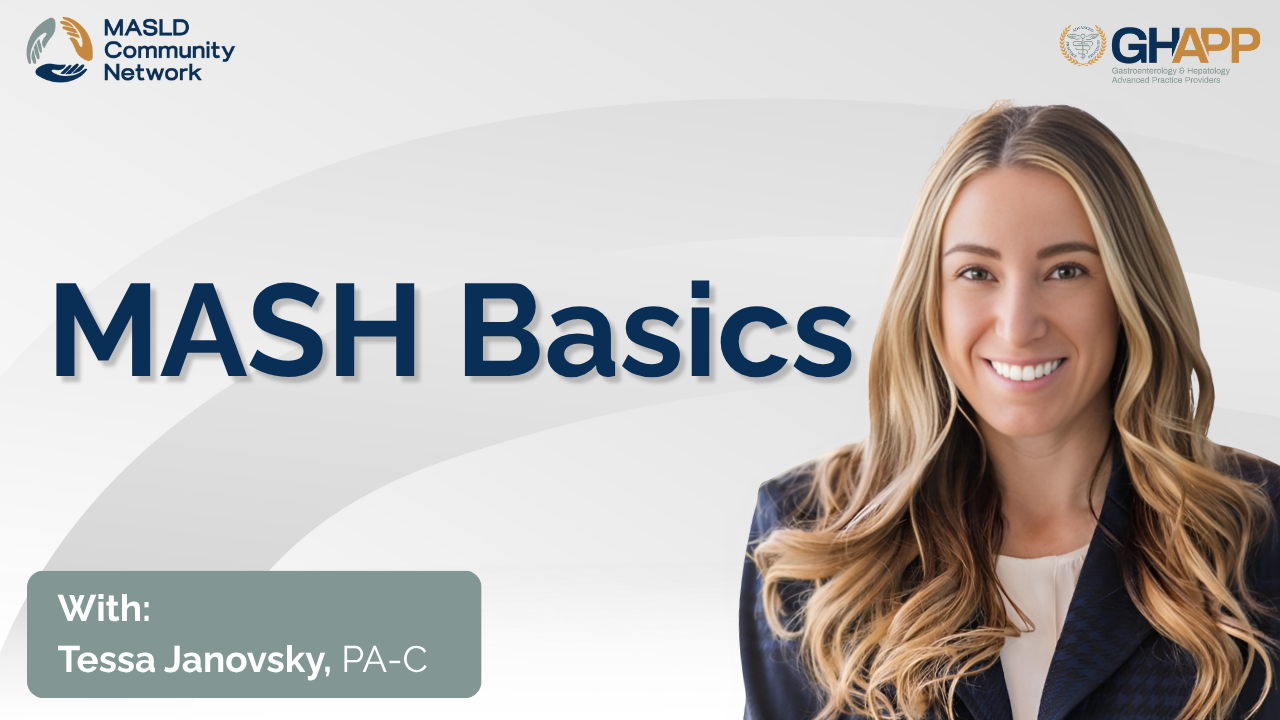
Live From GHAPP National: MASH Basics

In this session, Tessa Janovsky, PA from Arizona Liver Health, provides a clear, practical overview of the basics of MASH and MASLD, including the updated 2023 steatotic liver disease nomenclature, global prevalence trends, and why MASH is a progressive metabolic liver disease that requires early identification. She reviews high-risk populations, the role of primary care and specialty providers, how to use FIB-4 and non-invasive tests to assess fibrosis, and the importance of recognizing rapid progressors. Using a real clinical case, she highlights how to evaluate patients, rule out other etiologies, and optimize metabolic health—including when to consider pharmacotherapy. A concise, clinic-ready primer for clinicians managing MASLD and MASH.
Watch Now
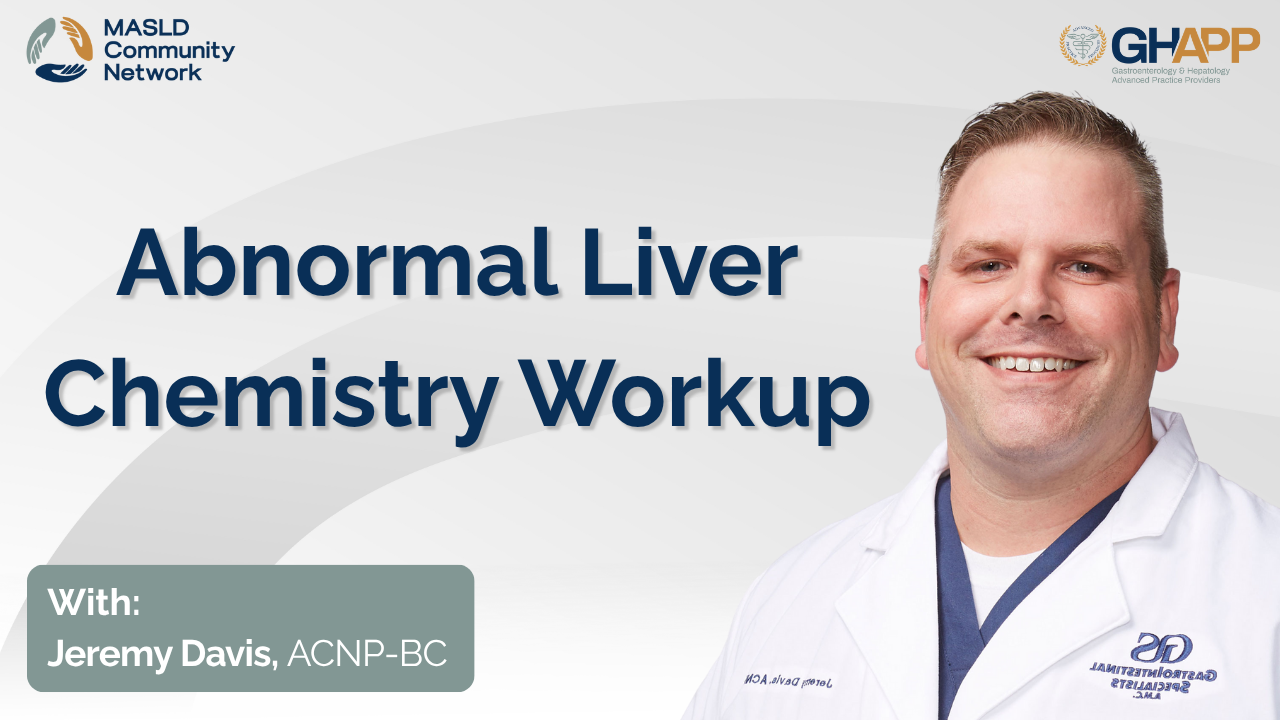
Live From GHAPP National: Abnormal Liver Chemistry Workup

In this session, Jeremy Davis, ACNP from Shreveport, Louisiana, breaks down a practical, step-by-step approach to evaluating abnormal liver chemistries. Using a real patient case, he reviews how to interpret ALT, AST, ALP, bilirubin, MCV, and GGT patterns; when to suspect hepatocellular, cholestatic, or mixed injury; and how to build an efficient differential using history, medications, alcohol assessment, and key labs (viral hepatitis panel, autoimmune markers, iron studies, Wilson disease testing, alpha-1 antitrypsin phenotype). He also highlights the role of ultrasound, MRCP, non-invasive fibrosis tests (FIB-4, ELF, VCTE), and when biopsy is needed. A practical, clinic-ready guide for APPs and clinicians assessing elevated liver enzymes and differentiating MASLD, alcohol-related disease, DILI, and other common etiologies.
Watch Now
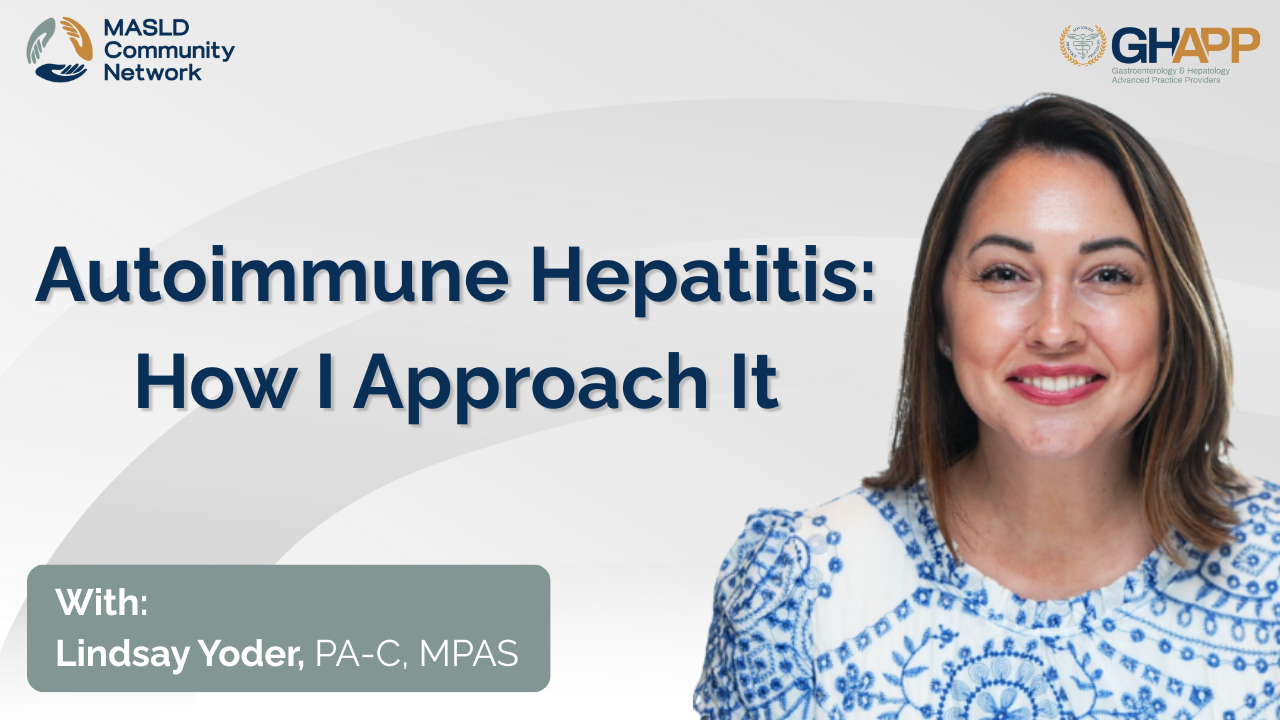
Live From GHAPP National: Autoimmune Hepatitis: How I Approach It

Join Lindsay Yoder, PA-C from Indiana University, for a practical walkthrough on how to evaluate and manage autoimmune hepatitis (AIH). This concise session covers key clinical clues, diagnostic criteria, common patient questions, and real-world approaches to treatment—from steroids and azathioprine to mycophenolate, tacrolimus, and emerging steroid-sparing strategies. Learn how to recognize AIH presentations, set realistic expectations for biochemical remission, manage intolerance and relapse, and tailor long-term therapy for better outcomes. A quick, high-yield guide for clinicians looking to strengthen their approach to autoimmune hepatitis.
Watch Now
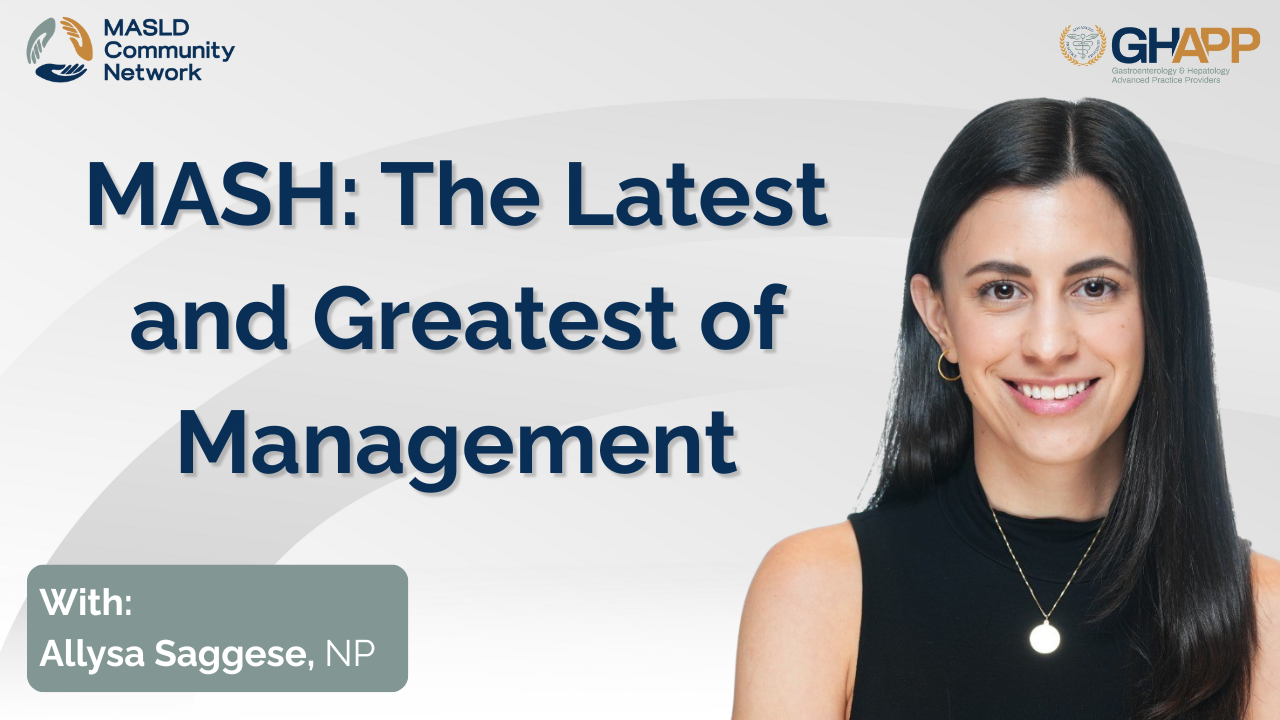
Live From GHAPP National: MASH: The Latest and Greatest of Management

In this expert-led session, Allysa Saggese, NP, at Weill Cornell Medicine, breaks down the latest evidence and evolving best practices in the diagnosis and management of MASLD and MASH. She explains the 2023 nomenclature changes, the full spectrum of steatotic liver disease, and how metabolic dysfunction drives both MASLD and inflammatory MASH. Allysa reviews practical diagnostic pathways—including non-invasive tests like FIB-4, ELF, FibroScan, and elastography—and highlights why MASLD/MASH should always be evaluated in the broader context of metabolic disorders such as diabetes, obesity, and dyslipidemia. She also outlines the foundation of lifestyle-based treatment, offering real-world communication strategies to help patients succeed with diet, activity, and weight management goals. The talk covers major therapeutic advances, including the first FDA-approved MASH therapy, resmetirom (a THR-β agonist), as well as the growing role of GLP-1 receptor agonists like semaglutide in improving metabolic drivers of liver inflammation and fibrosis. Allysa discusses dosing, titration, safety considerations, expected side effects, and what clinicians should know when co-managing cardiometabolic conditions. She closes with insights on future MASH drug development, combination therapy approaches, and practical pearls for supporting patients through a chronic, complex liver disease.
Watch Now
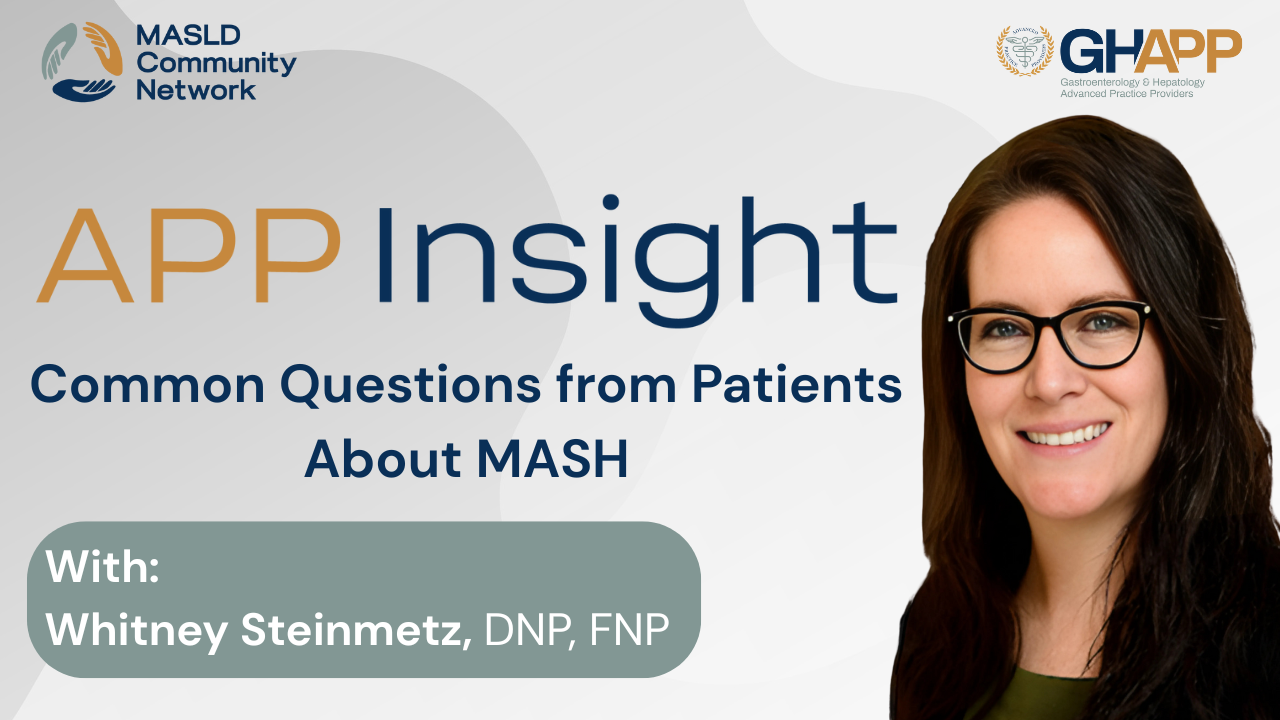
Common Questions From Patients About MASH

In this educational discussion from the GHAPP MASLD Community Network, Whitney Steinmetz, FNP, from Presbyterian Medical Group in Albuquerque, New Mexico, addresses some of the most common questions patients ask about metabolic dysfunction–associated steatohepatitis (MASH) and metabolic dysfunction–associated steatotic liver disease (MASLD). Whitney explains why many patients are surprised to be diagnosed with liver disease despite not drinking alcohol and uses this as an opportunity to clarify the pathogenesis of MASH, emphasizing that it’s driven by metabolic dysfunction rather than alcohol or viral causes. She discusses how clinicians can use noninvasive tools to stage fibrosis, communicate clearly about disease progression, and create shared decision-making care plans that empower patients to take an active role in their liver health. Whitney also clarifies the difference between fatty liver disease and MASH, helping patients understand prior imaging results, risk factors, and the potential for disease reversibility through lifestyle and medical management. This concise, patient-focused session offers valuable insights for clinicians and APPs working to improve understanding and outcomes in MASH care.
Watch Now

Common Questions From Community GI About MASH

In this educational discussion from the GHAPP MASLD Community Network, Allysa Saggese, NP, from Weill Cornell Medicine in New York City, addresses two of the most frequently asked questions in metabolic dysfunction–associated steatotic liver disease (MASLD) and metabolic dysfunction–associated steatohepatitis (MASH) management. Allysa breaks down the clinical reasoning behind initiating therapy, emphasizing shared decision-making with patients, reviewing medication mechanisms, side effects, and the role of accessibility in treatment sequencing. She explains that while both Resmetirom and GLP-1s offer benefits, the order of initiation often depends on tolerability, dosing complexity, and availability. The session also explores how to interpret FIB-4, ELF, FibroScan, and MR elastography results, when discrepancies occur, and when a liver biopsy remains necessary for diagnostic confirmation. This video provides clear, practical guidance for APPs and hepatology providers navigating modern MASLD and MASH management decisions through a personalized and evidence-based lens.
Watch Now
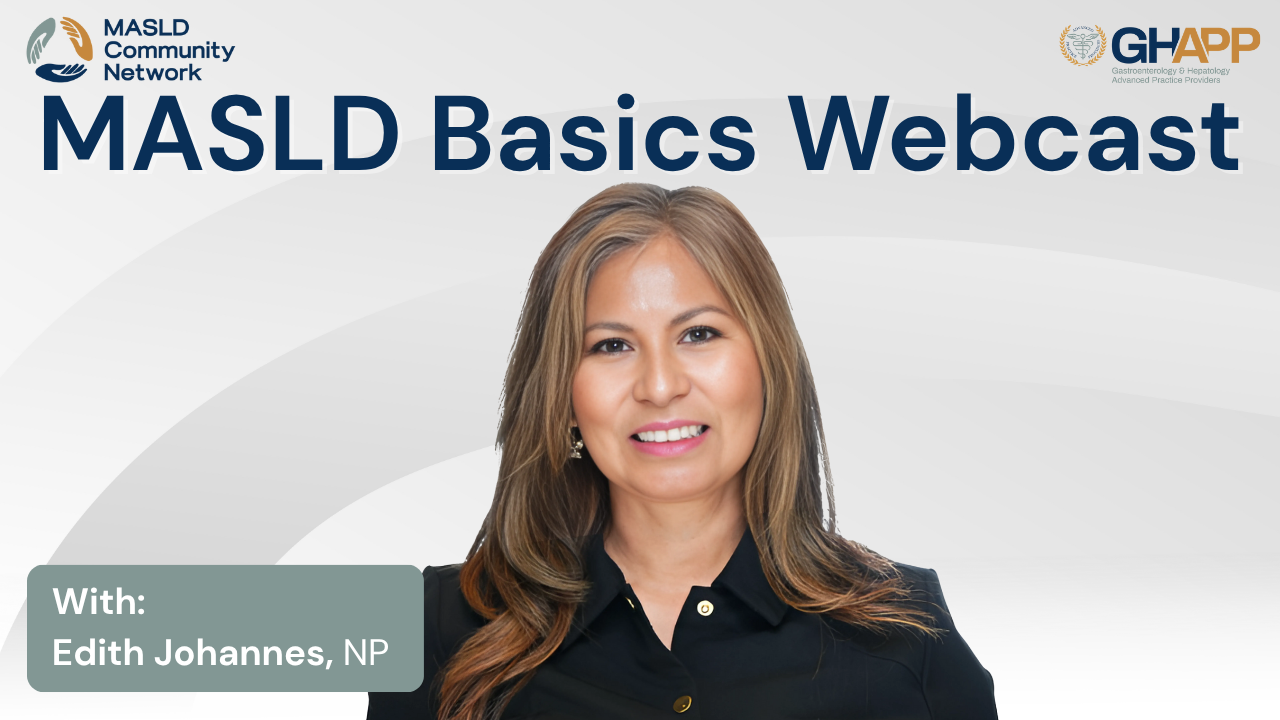
Webcast: MASLD Basics With Edith Johannes

Learn the fundamentals of Metabolic Dysfunction-Associated Steatotic Liver Disease (MASLD) in this educational session featuring Edith Johannes, NP, a liver specialist at UCLA Health with over 17 years of experience in hepatology and liver transplantation. Supported by the GHAPP MASLD Community Network and Madrigal Pharmaceuticals, this session explores the new terminology and diagnostic criteria for MASLD—formerly known as NAFLD and NASH—and explains why these changes matter for both clinicians and patients. Viewers will gain a clear understanding of how to evaluate patients presenting with hepatic steatosis, distinguish MASLD from alcohol- or drug-induced liver injury, and apply key diagnostic tools such as FIB-4, ELF testing, and elastography to assess fibrosis progression. Johannes also discusses the clinical importance of ruling out overlapping conditions, recognizing metabolic risk factors, and identifying patients at risk for fibrosis, cirrhosis, and hepatocellular carcinoma (HCC). Whether you’re new to hepatology or seeking a concise refresher, this talk provides a practical framework for diagnosing and managing MASLD in primary and specialty care.
Watch Now
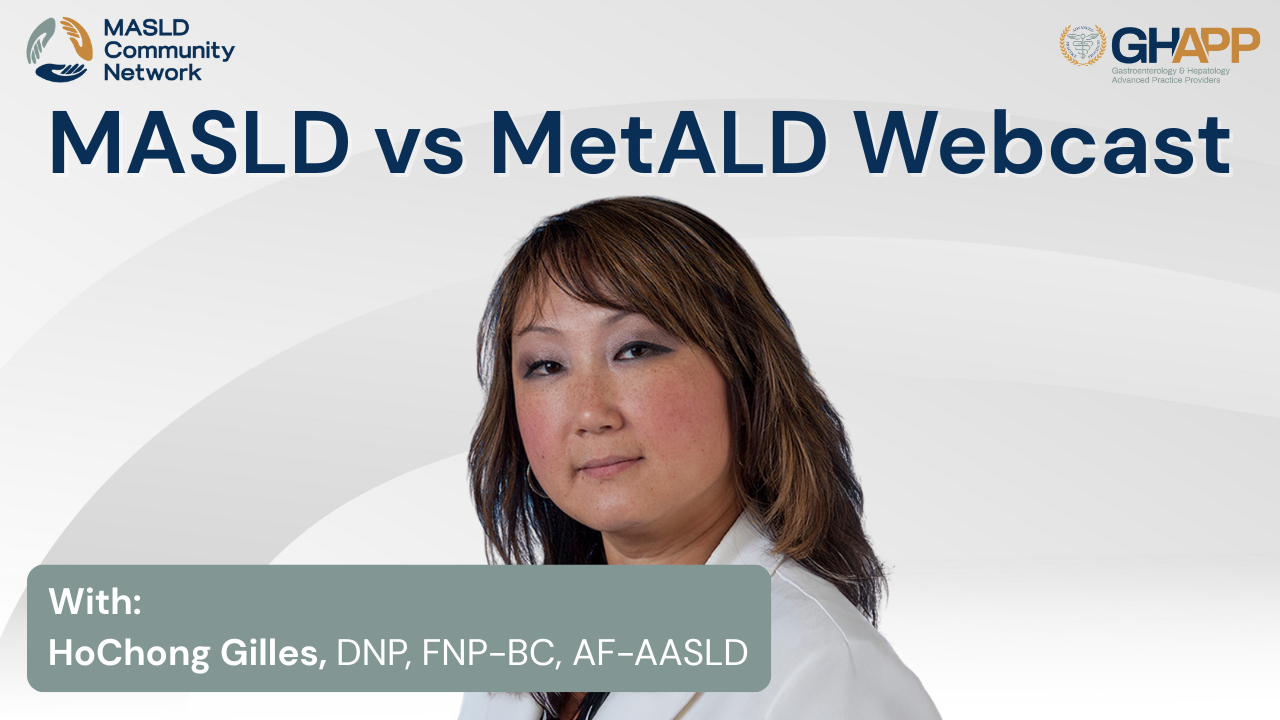
Webcast: MASLD vs MetALD With HoChong Gilles

In this session from the GHAPP MASLD Community Network, supported by Madrigal Pharmaceuticals, hepatology expert HoChong Gilles, DNP, from the Richmond VA Medical Center, explores the evolving understanding of MetALD (Metabolic dysfunction-associated Alcohol-related Liver Disease). Through a detailed case study, Gilles examines how metabolic risk factors and alcohol intake intersect to drive fibrosis progression, highlighting diagnostic tools such as FibroScan, biomarkers like PEth, and key distinctions between MASLD, MASH, and alcohol-predominant liver disease. This presentation underscores the importance of assessing true alcohol exposure, utilizing noninvasive testing, and integrating lifestyle interventions for improved liver and metabolic outcomes.
Watch Now




